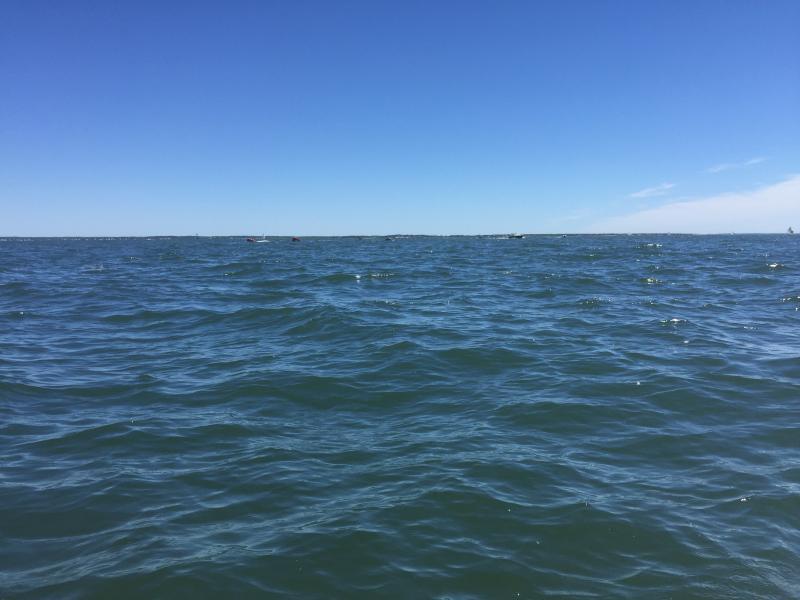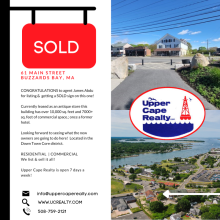Town to pursue grants to build flood, coastal resiliency
The Board of Selectmen unanimously approved grant applications for three coastal resiliency projects.
Russel Kleekamp, an engineer at GHD Engineering who regularly works with the town Sewer Department, explained each of the projects the grants would help fund. The first two grants would be part of the Municipal Vulnerability Preparedness program.
The first would be what Kleekamp described as “basically a facelift” of the Swifts Beach area. He said, among other things, the town is “looking to renourish the beach, revamp the parking areas, include proposed site amenities to help with the flow of traffic and help better the area.” He noted that there were various approaches the town could take, and the first step would be a meeting to gather community input and establish goals and desires for Swifts Beach.
The project would cost about $52,000 — the grant would cover about $40,000, leaving the town to provide the remaining cost through either “a cash match or in-kind services.”
Selectman Alan Slavin said Swifts Beach was particularly vulnerable.
“The Swifts Beach area is highly susceptible to any kind of really harsh nor'easter,” he said. “Or, if we get a serious hurricane, most of that area’s going to get washed away because the protection of the barrier beaches is gone. [...] It is one of the most highly risky areas we have along the Cape.”
The next potential grant project Kleekamp described was one that would explore ways to make downtown Wareham more resilient against flooding. He said the Woods Hole group identified downtown as a “critical area” vulnerable to sea level rise, storm effects or other signs of climate change.
The grant money would cover the cost of evaluating different options for “engineered solutions” the town can implement to protect downtown. He said this step is important because, eventually, implementing the solutions — an effort will likely have a seven or eight figure price tag — may require funding through organizations such as the Federal Emergency Management Agency.
To get FEMA money, “you’re required to show that an alternatives analysis has been done,” Kleekamp explained.
Evaluating the options would cost roughly $110,000. The grant would cover about $82,000 and the town would match 25 percent of the total as well — roughly $27,000.
“If downtown Wareham wants to survive and thrive, this is a critical piece for us to do,” Slavin again emphasized.
While Kleekamp said he thought Wareham’s projects were good contenders, he noted that both MVP grants were highly competitive.
Finally, the town will ask for funds from the Coastal Resilience Grant Program to cover the cost of an elevated platform that a generator at the Salt Works Sewer Pump Station will sit on.
Kleekamp explained that the town was already in the process of completing the routine replacement of the generator at the Salt Works Sewer Pump Station. He said the Sewer Department opted to put the generator on an elevated platform to get it out of the flood zone.
That decision, according to Kleekamp, makes the project eligible for Coastal Resilience grant funds. While the town planned to cover the project costs, Kleekamp said he saw the grant as a great option to “offset some of the construction costs” because the funds would cover the cost of the elevated platform.
In all, the town planned to pay $170,000 for the project. If awarded, the grant would provide $127,500 to offset the costs.













